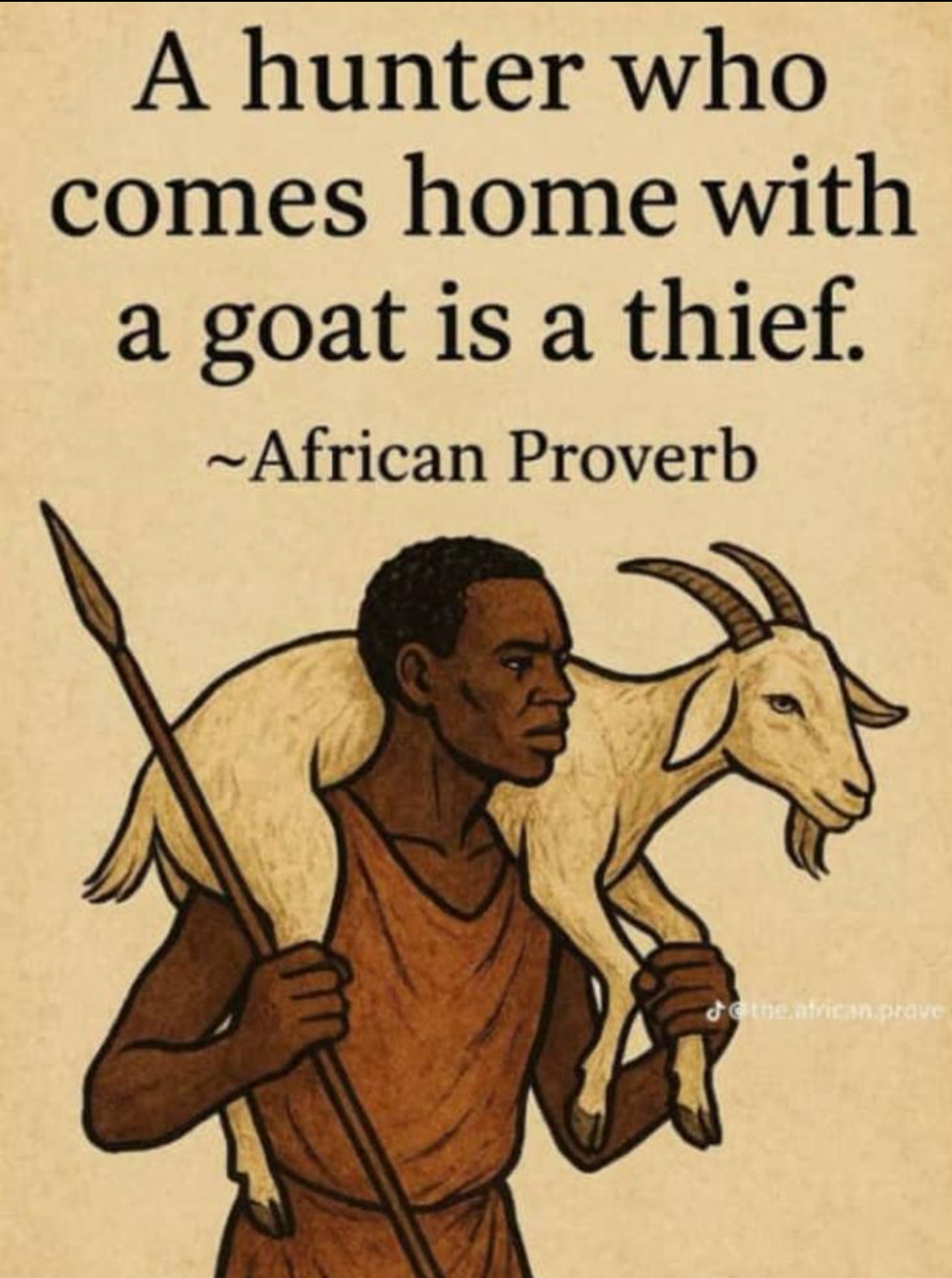By Stanley Mudawarima copyright ©️ 2025
Long before statutory instruments, gazettes, policy papers, EIAs, CITES appendices or donor-funded workshops, the African child was born into a land whose conservation laws were written not on paper but on the soul of the people.
We did not need permits to protect what was sacred.
We did not need funding to respect what was iconic.
And we did not need Rangers to defend what our culture already guarded.
Our ancestors created the first and most effective conservation system ever known:
*the protection of iconic animals through identity, belief, and responsibility.*
*1. MITUPO — The First Iconic Species Framework*
Every clan, every lineage, every tribe carried an animal as a sacred banner of identity:
• Shumba – The Lion
• Nzou – The Elephant
• Mbada – The Leopard
• Mbizi – The Zebra
• Mukanya – The Baboon
• Hungwe – The African Fish Eagle
• Shiri / Dove lineages
• …and countless others.
These were not simply animals.
They were custodians of lineage, spiritual signatures of families, protectors of bloodlines.
To kill your totem was to kill yourself.
To disrespect your totem was to defile your spirit.
This was conservation through identity, not enforcement; through belonging, not fines; through spiritual duty, not policing.
It was stronger than any Parks Act ever drafted
because it lived in the heart, not in Hansard.
*2. THE VILLAGE GUARDIANS — The Animals We Did Not Touch*
In every village, certain animals were not hunted, not questioned, not disturbed:
• The giant village bull, respected as the living guardian of the homestead.
• The ancient python living in a sacred rocky outcrop a protector, not a predator.
These were iconic long before the word “iconic” was invented.
Their protection did not require telemetry collars, satellite tracking,
or million-dollar research proposals.
Culture was enough.
*3. SACRED SPECIES — Conservation by Reverence*
Some creatures commanded automatic respect:
• Pangolin — never hunted. If found, escorted straight to the Chief.
• Owls and Eagles — messengers, not vermin.
• Certain snakes, birds, mammals — symbols of rain, fertility, ancestors, and protection.
This was conservation built on belief, not bureaucracy on reverence, not regulation.
Our ecosystems thrived because our values were intact.
*4. THEN CAME COLONISATION — AND THE COLLAPSE*
Colonisation did not only seize land.
It dismantled the sacred covenant between African communities and their iconic species.
What culture had protected for centuries, empire commodified in a decade:
• Wildlife became sport.
• Sacred animals became trophies.
• Totems became “game species.”
• Guardians became “problem animals.”
• Ancestral forests became hunting blocks and concessions.
In one brutal generation, a conservation system built slowly over millennia was uprooted.
The damage remains visible today not just on the land, but in the hearts of the people.
*5. THE TRUTH WE MUST RETURN TO*
Real conservation does not begin in Parliament, nor in Geneva, nor in multilateral conventions.
It begins in the village.
In the stories.
In the rituals.
In the identity.
In the respect for the iconic creatures that shaped our spiritual and ecological DNA.
*THE HUNTER AND THE GOAT — THE MORAL*
A hunter who leaves home to hunt wild game but returns carrying a goat has not hunted.
He has stolen.
And in the same way:
when a community abandons its sacred responsibility to protect its iconic species
whether elephant, lion, pangolin or python
it is no longer a custodian of the land.
It becomes a thief of its own heritage.
Simpuru.
